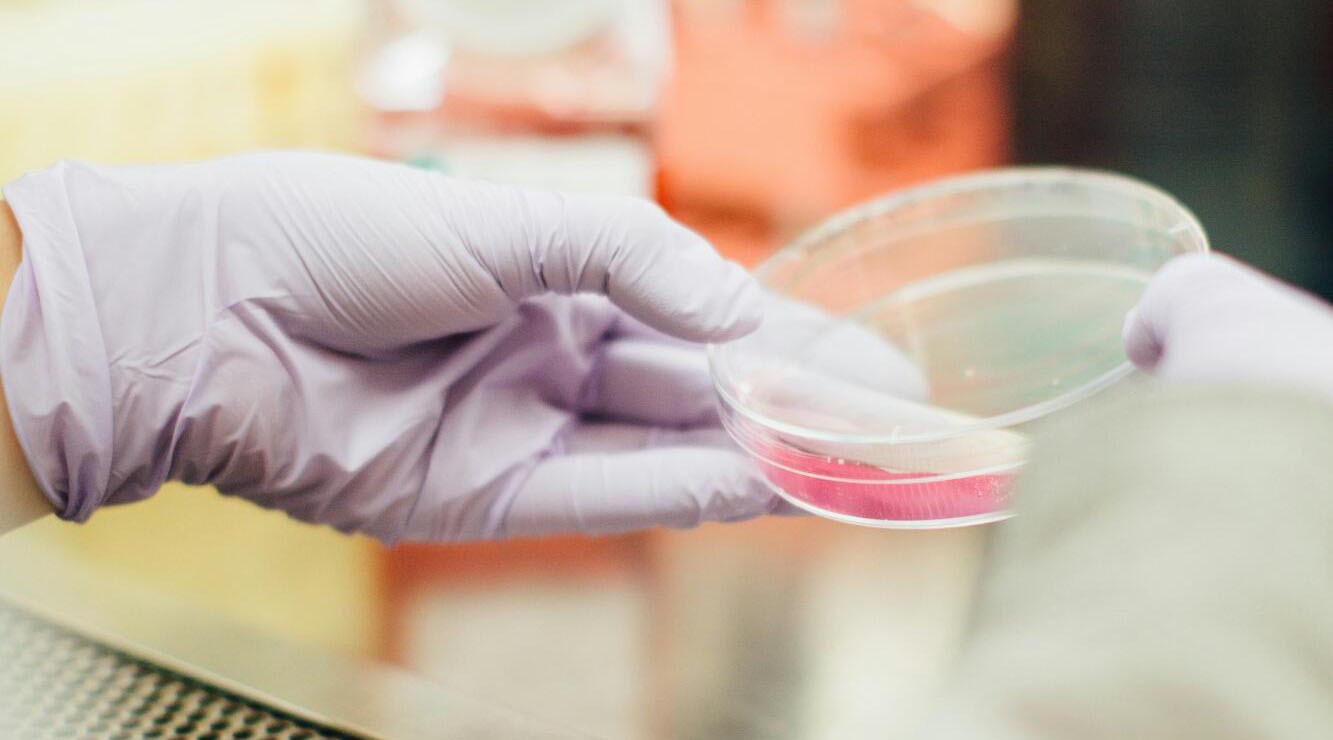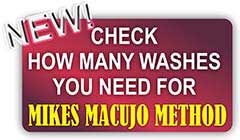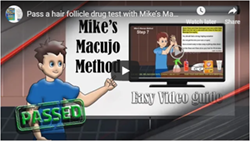Last Updated on April 17, 2024
If a few strands of hair have the power to impact significant aspects of your life, wouldn't it be wise to understand how to navigate this terrain? This is where the conversation shifts from concern to empowerment. The focus is not on the fear of what your hair might reveal, but on the innovative solutions and knowledge available to help you prepare for these tests.
Dive into the science of a hair follicle test for alcohol. Whether you're directly facing such a test or simply curious about the technology, this guide offers a comprehensive look at how modern science is transforming the narrative around hair follicle testing.
The Evolution of Hair Follicle Testing
The science of a hair follicle drug test is a remarkable tale of innovation, providing insights into an individual's alcohol and drug use history. This testing method, which has been refined over the years, captures a level of detail about substance use that other methods simply cannot match.
The concept is fascinating: your hair can store a record of your substance consumption over several months. Initially, this idea was explored to understand environmental exposures, but it quickly became evident that it could offer a deeper look into an individual's lifestyle choices, particularly regarding drugs and alcohol.
Technological advancements played a crucial role in enhancing the reliability and scope of hair follicle tests. These tests now can identify a broad spectrum of substances, offering a comprehensive overview of an individual's substance use over time. This is a significant leap from the limited window of detection provided by other tests, which focus on recent use.
What sets hair follicle testing apart is its ability to provide a long-term view of a person's substance use. This makes it an invaluable tool in contexts where understanding an individual's history with substances is essential, such as in certain employment or legal situations.
Demystifying Hair Follicle Alcohol Testing
At the heart of hair follicle alcohol testing are biomarkers, specific chemical indicators in your hair that show alcohol consumption. The primary biomarker used is called Ethyl Glucuronide (EtG).
Think of EtG as a breadcrumb left behind by alcohol long after it's been metabolized by your body. Unlike direct alcohol content, which evaporates quickly and wouldn't stick around in your hair, EtG remains, providing a durable marker of alcohol intake.
How do these substances find their way into your hair?
When you consume alcohol, it travels through your bloodstream. However, it also gets processed by your liver, creating metabolites like EtG. These metabolites then circulate back into your bloodstream and eventually into the tiny blood vessels that feed your hair follicles.
As your hair grows, it incorporates these metabolites, essentially locking them in place. Since hair on your head grows at an average rate of about half an inch per month, analyzing a segment of hair can give a timeline of alcohol use over several months.
What sets hair follicle alcohol and drug testing apart from other methods is its ability to provide a long-term record of alcohol consumption. It doesn't catch someone who might have had too much to drink the night before a test. Instead, it offers a nuanced view of an individual's drinking patterns over time.
For instance, regular, heavy alcohol consumption leaves behind a clearer, more consistent trail of EtG markers compared to occasional drinking.
This ability to sketch a timeline of alcohol use makes hair follicle testing particularly useful in scenarios where understanding long-term behavior is crucial, such as in:
- Custody cases
- Job screenings
- Certain medical evaluations
A Closer Look at Substances Beyond Alcohol
Hair follicle tests aren't limited to uncovering just alcohol consumption; they possess the remarkable ability to detect a wide spectrum of substances, showcasing their sensitivity and specificity. This capability opens up a comprehensive understanding of an individual's substance use over time.
Hair follicle tests can identify a myriad of substances, including but not limited to:
- Illegal drugs
- Prescription medications
- Other substances such as chemical exposure
What makes hair follicle testing stand out is its high level of sensitivity and specificity. These tests can detect the presence of substances and can do so with a high degree of accuracy.
This precision is critical in contexts where the stakes are high, such as in professional environments where safety and compliance are paramount.
The implications of the broad detection capabilities of hair follicle tests are far-reaching. Employers may use these tests for pre-employment screening or random testing to ensure a drug-free workplace. The ability to detect a wide range of substances over an extended period helps in making informed decisions about hiring and maintaining workplace safety.
Revolutionizing Test Preparation
In the landscape of hair follicle testing, the advent of specialized hair care products represents a significant leap forward, equipping individuals with tools to prepare effectively for tests. Among these innovations, detox shampoo and methodologies like the Macujo Method stand out, offering solutions that reflect a deep understanding of the science behind hair testing.
Detox shampoos are not your ordinary hair care products. They're designed with a specific goal: to reduce the detectable presence of substances in hair, including those markers used in hair follicle tests for both drugs and alcohol. These shampoos work by targeting the hard-to-reach inner layers of the hair shaft, where metabolites of drugs and alcohol are stored.
The effectiveness of detox shampoos lies in their ingredients. Many contain a blend of surfactants, which help to dissolve oily residues, and other compounds that can penetrate the hair's protective cuticle to reach the cortex where these metabolites reside. This process is carefully calibrated to cleanse the hair without causing damage, preparing individuals for hair follicle testing by lowering the levels of detectable substances.
The Macujo Method: A Step Beyond
The Macujo Method takes the concept of hair detoxification a step further. This multi-step regimen involves the use of various products, including:
- Detox shampoos
- Vinegar
- Salicylic acid shampoo
The method is rigorous, requiring several rounds of treatment to strip the hair of oils, open up the cuticle, and cleanse the cortex of drug metabolites.
The science behind the Macujo Method is rooted in its ability to alter the hair's structure temporarily, making it more permeable and allowing for deep cleansing. By using a combination of acidic and basic environments, this method tackles the challenge of removing substances from the hair's inner layers, where they are tightly bound.
While these products and methods offer promising solutions for test preparation, it's important for users to approach them with realistic expectations. The effectiveness can vary based on factors such as:
- The type and amount of substance used
- Hair type
- How rigorously the detox protocol is followed
Maintaining an awareness of the ethical and legal considerations surrounding test preparation is crucial for informed decision-making.
The Science of Cleansing Hair Follicles
At their core, detox shampoos are engineered with a blend of active ingredients designed to penetrate the hair shaft more deeply than regular shampoos. These active components include:
- Surfactants
- Chelating agents
- Acidic compounds
- Salicylic acid
Surfactant molecules have tail structures that are hydrophobic (water-repelling) and head structures that are hydrophilic (water-attracting), allowing them to bind to oily substances, including the metabolites of drugs, and remove them when rinsed with water.
Chelating agents bind to metal ions, which can be present in drug metabolites, helping to remove them from the hair structure.
Ingredients like acetic acid (found in vinegar) are sometimes used for their ability to open up the hair cuticle, the outermost layer of the hair shaft, allowing deeper cleansing.
Known for its ability to treat scalp conditions, salicylic acid also helps in removing external barriers and penetrating the hair shaft for a more effective cleanse.
These ingredients work in concert to disrupt the environment where drug metabolites are stored within the hair, effectively loosening and removing them from the hair shaft.
Preparing for Success: Strategic Use of Detox Products
Macujo Aloe Rid works hand-in-hand with Mike's Macujo Method, a rigorous cleansing routine designed to permanently lower the toxin levels in your hair. Unlike some solutions that merely mask toxins temporarily, using Macujo Aloe Rid as part of Mike's Macujo Method ensures that once you complete the recommended number of washes, your hair remains toxin-free permanently, unless there is new exposure.
The strategic use of Macujo Aloe Rid in conjunction with Mike's Macujo Method, followed by an application of Zydot Ultra Clean, provides a robust solution for those looking to pass their hair follicle tests. This combined approach addresses both the internal and external aspects of detoxification, offering the best chance for success.
With the meticulous formulation of both products, users receive a comprehensive kit for hair detox, supported by:
- Detailed instructions
- Step-by-step videos
- Customer support
The Ultimate Solution for Your Hair Follicle Test for Alcohol
In the journey to pass your hair follicle test for alcohol and other substances, Mike's Macujo Method boasts an unparalleled success rate.
Engineered to remove all alcohol from your hair, it surpasses the original Macujo Method. With a legacy of thousands of satisfied customers who've successfully passed their tests, Mike's Macujo Method is your ultimate ally.
Trust in a method proven by success stories and make your next step towards passing your hair follicle test with confidence. Take a look at our shampoo for hair drug tests.






